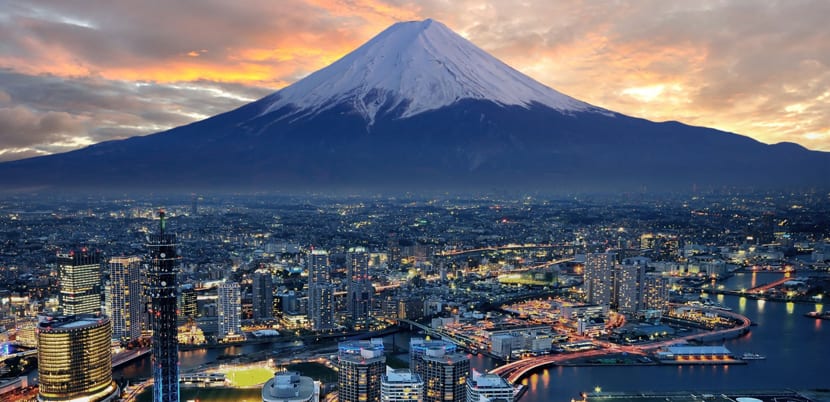
Japan is one of the tourist destinations in Asia. It is not among the most chosen, perhaps its island condition and its prices influence that, but it is a destination that will literally blow your mind. When I first went I was a Japanese student and I loved manga and anime (Japanese comics and animation), so it was kind of a Mecca for me.
But to tell the truth, beyond that specific theme, I discovered a beautiful country, with friendly people, enchanting natural landscapes and a culture between ancient and modern that I found fascinating. So much so that I have returned two more times and I am planning another trip. So if you are about to debut on a trip to Japan I think these are the five experiences that you cannot miss:
Japanese temples
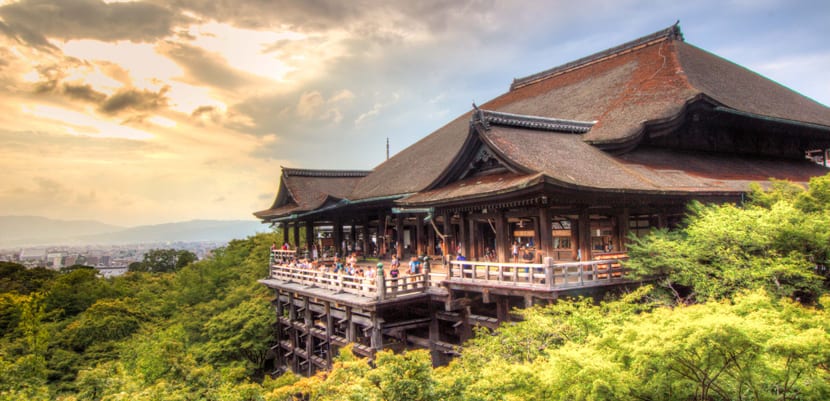
There are temples everywhere and some are very old. It has to be said that World War II bombs destroyed many of them and there are several that are good reconstructions, but you know how the Japanese are, they work to detail. The temples they are buddhists And although there are everywhere the most important ones are concentrated in certain regions or cities. Some are museums and others still work.
Basically they have a structure composed of a Main Hall where are the objects that are considered sacred, the Reading Room that is intended for meetings and readings and also exhibition of this type of objects, the doors that mark the entrance to the surroundings, to Sometimes there is a main one and several secondary ones, the Pagoda, an inherited structure from India that usually has three or five floors and usually houses a relic of Buddha, a cemetery and a bell that every New Year sounds 108 chimes.
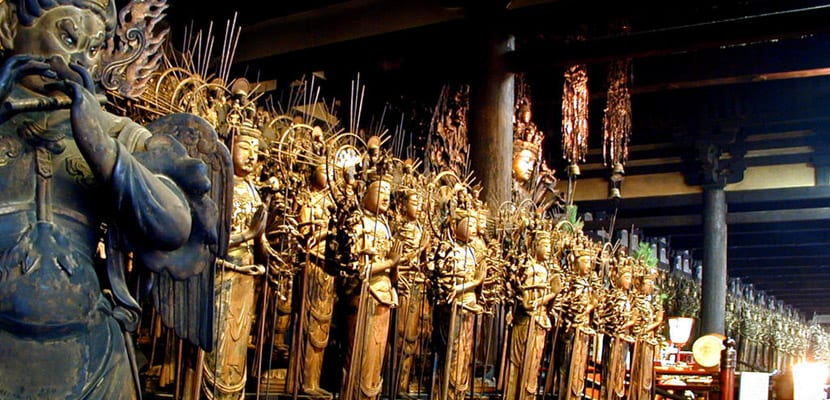
The best places to visit temples are Kamakura, Kyoto and Nara. Everything in the surroundings of Tokyo and within the most classic tourist route.
- In kyoto: Honganji, Kiyomizudera, Ginkakuji, Sanjusangendo, Nanzenji and Kodaji temples are the best for me. They are beautiful, they have nice parks and some have a superb view, like the Kiyomizudera.
- In Nara: Todaji Temple, Kasuga Taisha, Toshodaiji and Horyuji, the oldest wooden building in the world.
- In Kamakura: the Hasedera Temple, the Hokokuji Temple with its bamboo forest, the Engakuji and the Kenchoji, although there are many more.
Japanese castles
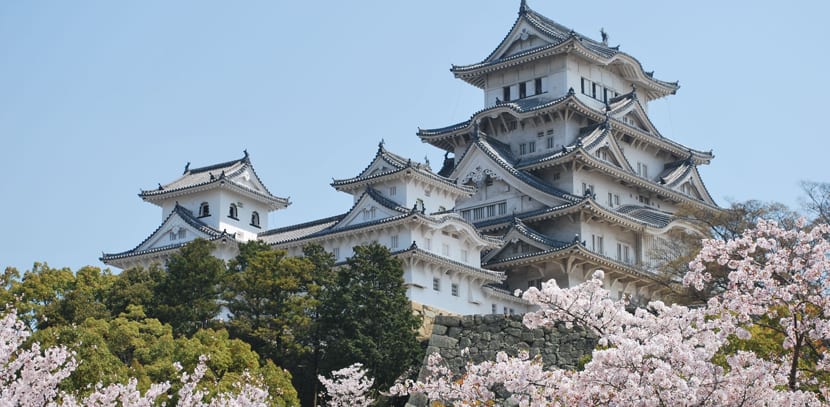
The history of Japanese castles is similar to that of medieval castles, defense against internal chaos and rivalry between powerful lords. In the mid-nineteenth century the feudal era ended and many of those castles were destroyed: those that remained suffered again from the bombs of war. There are twelve original castles, before 1868, original or almost original, and others that are reconstructions and that house museums.
Original castles:
- Himeji Castle: it is elegant, huge, white. It is World Heritage and survived everything. It is in Himeji, about 3 and a half hours from Tokyo.
- Matsumoto Castle: It is the most complete of all the original castles, it is in Matsumoto and from its sixth floor the views are great. By train you are in two and a half hours from Tokyo.
- Matsuyama Castle: is that city, on a hill overlooking the Seto Inland Sea. By train it takes three and a half hours from Tokyo to Okayama and there you transfer to Matsuyama in a trip of two and a half hours more.
- Inuyama Castle It dates from the XNUMXth century and rises over the Kiso River and you arrive by train from Nagoya.
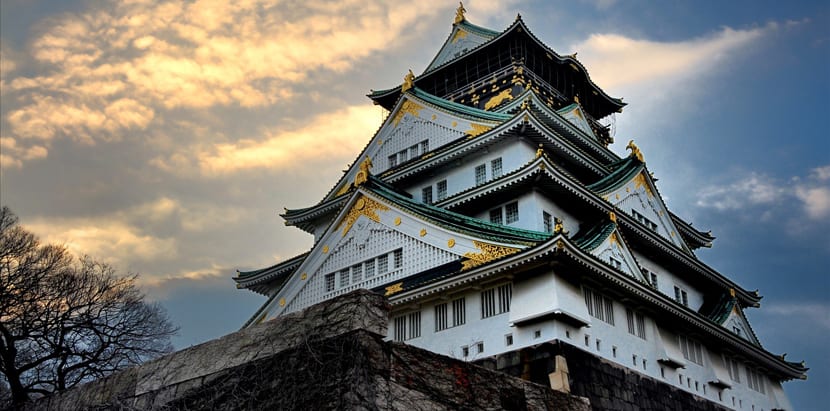
Among the rebuilt castles
- osaka castle: it is close to the station, has an elevator and good views. Not much more.
- Hiroshima castle: is black.
- Ueno Castle
- Nagoya castle: You arrive by train from Tokyo but it's not brilliant so if you don't go to Nagoya it's not worth it.
Japanese hot springs

They are called onsen and they are natural hot springs. The custom of bathing in hot springs is super popular in Japan so you must live the experience. If you travel in a group, friends or girlfriends, it is easier to share this moment because the thermal baths they are usually divided by gender. Those that do not require the use of a bathing suit, but it is not the same. There are several types of onsenes, according to the minerals in the water, and there are also entire villages dedicated to this.
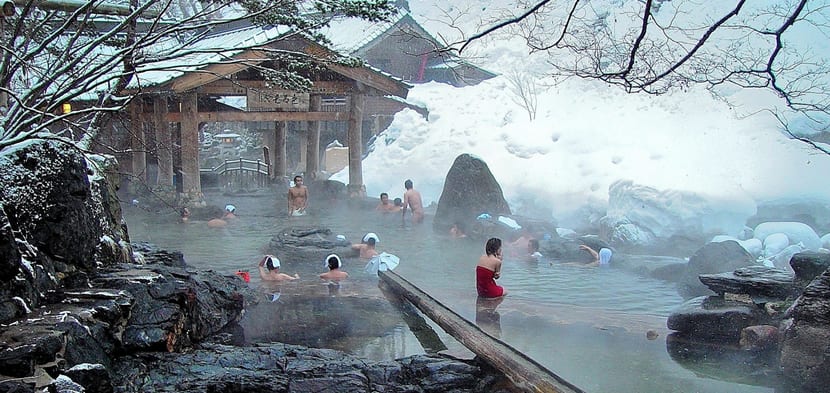
Sometimes there public onsenes and there are also ryokans, traditional Japanese hostels, which have their own hot springs. There you can live the full experience: sleeping, eating and bathing. If not, as a visitor, you can pay to use the public onsen. Around Tokyo there are onsenes in Hakone, Kusatsu, Minakami, Nasu, the popular Ikaho and the Kinugawa, very close to Tokyo. Actually if you are going to travel throughout the country you will find an onsen wherever you go.
Japanese festivals
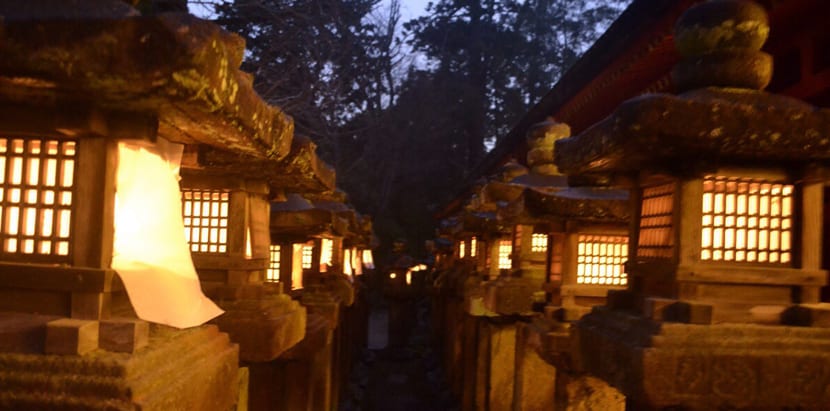
They are fun and there are usually several per season So when you have the date of your trip, look for which one you have. The counterpart of this is that there is usually a lot of internal tourism and when millions of people are mobilized at the same time it is complicated. Every Shinto shrine celebrates its festivals or matsuris. They have to do with the season or with a historical event and some last several days.
There are parades, floats, drums and they are very colorful. I don't think you are going to visit Japan in winter, it is very gray and cold, but if you go from February I recommend these:
- In February: in Nara the Kasuga Taisha Temple Festival. The temple has many paths lined with stone lamps, three thousand more or less, which are lit. It is unforgettable to walk there at night.
- In March: also in Nara the omizutori at the Todaiji Temple. Torches are lit all over the upper balcony of the temple and it is beautiful.
- In April and again in October: in Takayama This festival is held twice, in spring and autumn, with a parade of floats through the historic center of this charming city.
- In May: in Kyoto it's the aoi-matsuri with a parade of 500 people dressed in aristocratic feudal clothes. In Tokyo, around the 15th, it's the Kanda matsuri, a whole week of events with a huge procession through the streets of Tokyo. For those dates the Matsuri-sanja in the Asakusa shrine, in the center of the capital, very touristy.
- In July: if you go to Kyoto you can attend the Gion Matsuri del Santurario Yasaka, one of the three best festivals in Japan with floats that measure more than 20 meters. In Osaka is the Tenjin Matsuri, another important festival, very crowded
- In August: this is one of the most colorful festivals, the Kanto matsuri in the city of Akita. It is striking because people walk down the street with towering bamboo lanterns, hung on bamboo poles.
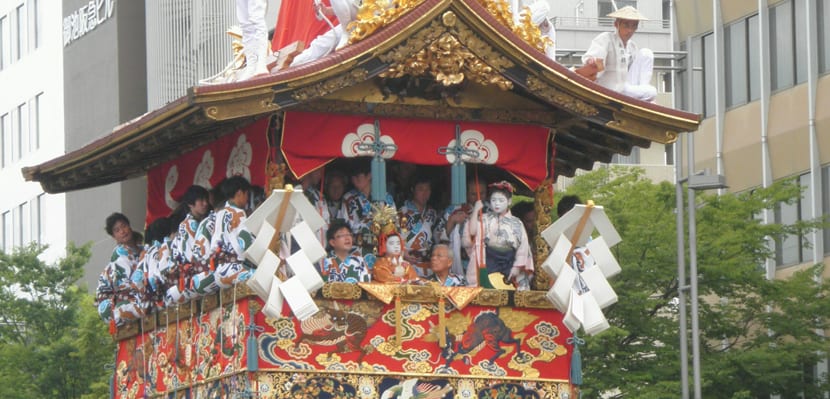
Each month has its own matsuris so I recommend the same as with the onsen. Search for date, place and event. Japan never disappoints.
Gastronomy of Japan
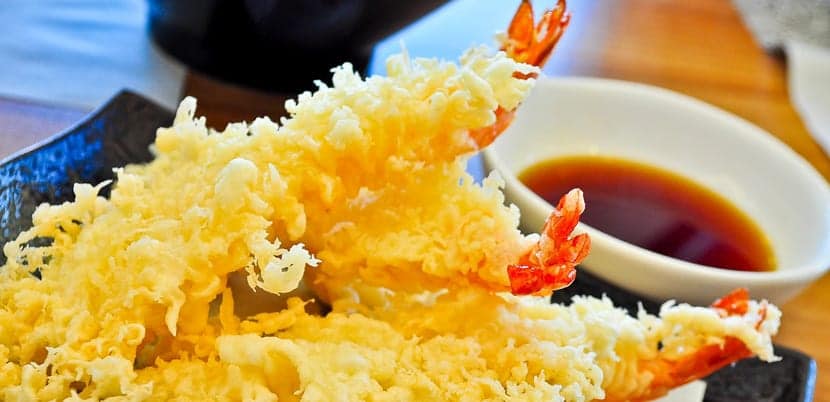
Here not everything is sushi. I always say that we cannot sum up Japanese cuisine to that. We are more used to trying varieties of Chinese cuisine and the Japanese always seem elegant and fine, but there are many common and ordinary dishes that are delicacies. Inexpensive delicacies, which is even better.
Y what to eat in Japan?
- Yakitori: they are grilled chicken skewers, different parts of the chicken, which are cooked over charcoal and are cheap. There are varieties and it is one of the most popular street foods.
- Tempura: these are pieces of fish or fried vegetables. Originally from Portugal they became popular throughout Japan and there are different types. It is usually eaten as a main dish or with rice, soba or udon,
- Ramen: the classic noodle soup from China but adapted with Japanese flavors. Inexpensive and there are specialty and udon-only stores everywhere.
- Soba: buckwheat flour noodles, such as spaghetti, served hot or cold. Some varieties are eaten all year round, others only seasonally. You can even buy it in supermarkets.
- Udon: they are Japanese wheat flour noodles, thinner than soba, white and somewhat sticky.
Visit a temple, visit a castle, bathe in a hot spring, attend a matsuri and eat. All that you cannot miss in Japan.